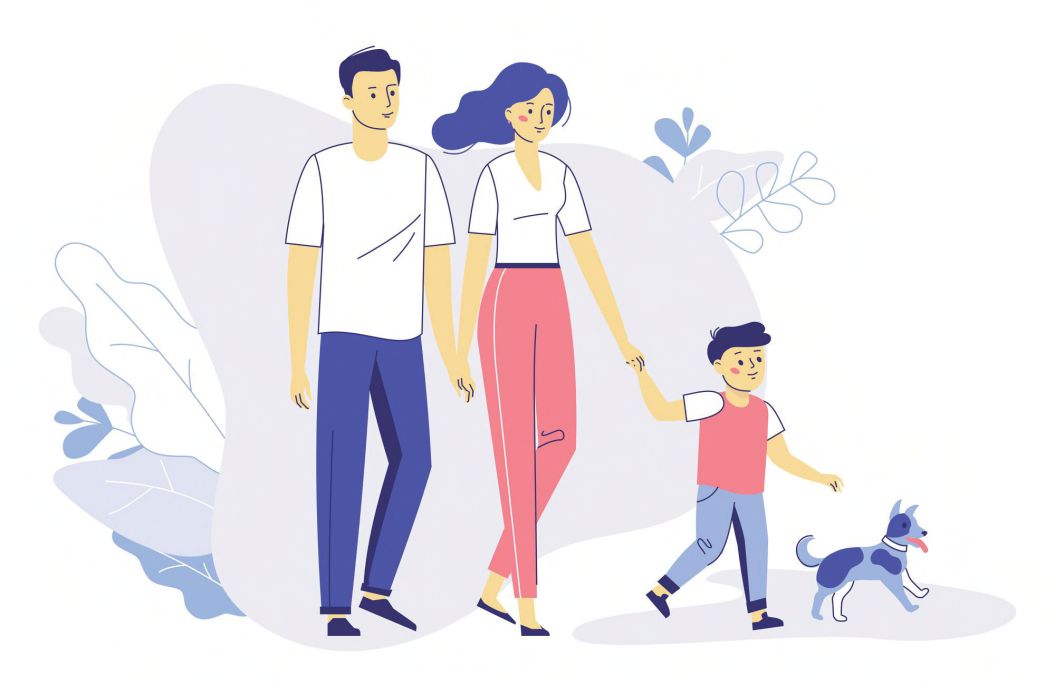also called EIBI programs, Early Intensive Behavioral Intervention. In the field of ABA, this is often referred to as a "Comprehensive ABA program" that asses for and seeks to teach and develop skills that are needed across all developmental areas. Additionally, according to the National Research Council, Committee on Educational Interventions for Children with Autism, the committee noted that research shows that early diagnosis of, and interventions for, autism are more likely to have major long-term positive effects on symptoms and later skills."
A young child's brain is still forming, meaning it is more "plastic" or changeable than at older ages. Because of this plasticity, treatments have a better chance of being effective in the longer term. Early interventions not only give children the best start possible but also the best chance of developing to their full potential. Recent guidelines suggest starting an integrated developmental and behavioral intervention as soon as ASD is diagnosed or seriously suspected. ABA therapy programs should be designed for these crucial skills related to language and social communication deficits, including responsivity to social stimuli, which supports skills including imitation and joint attention as mentioned previously.
The Diagnostic and Statistical Manual of Mental Disorders, Fifth Edition, Text Revision (DSM-5-TR) was published in 2022. The DSM-5-TR is used to diagnose a person on the autism spectrum based on two primary domains.
- Persistent deficits in social communication and social interaction across multiple contexts, as manifested by the following, currently or historically:
- Deficits in social-emotional reciprocity, ranging, for example, from abnormal social approach and failure of normal back-and-forth conversation; to reduce sharing of interests, emotions, or affect; to failure to initiate or respond to social interactions.
- Deficits in nonverbal communicative behaviors used for social interaction, ranging, for example, from poorly integrated verbal and nonverbal communication; to abnormalities in eye contact and body language or deficits in understanding and use of gestures; to a total lack of facial expressions and nonverbal communication.
- Deficits in developing, maintaining, and understanding relationships, ranging, for example, from difficulties adjusting behavior to suit various social contexts; to difficulties in sharing imaginative play or in making friends; to the absence of interest in peers.
- Restricted, repetitive patterns of behavior, interests, or activities, as manifested by at least two of the following, currently or historically:
- Stereotyped or repetitive motor movements, use of objects, or speech (e.g., simple motor stereotypies, lining up toys or flipping objects, echolalia, idiosyncratic phrases).
- Insistence on sameness, inflexible adherence to routines, or ritualized patterns or verbal/nonverbal behavior (e.g., extreme dis
tress at small changes, difficulties with transitions, rigid thinking patterns, greeting rituals, need to take the same route or eat the same food every day).
- 3. Highly restricted, fixated interests that are abnormal in intensity or focus (e.g., strong attachment to or preoccupation with unusual objects, excessively circumscribed or perseverative interest).
- 4. Hyper- or hypo-reactivity to sensory input or unusual interests in sensory aspects of the environment (e.g., apparent indifference to pain/temperature, adverse response to specific sounds or textures, excessive smelling or touching of objects, visual fascination with lights or movement).
As we can see, the core symptoms of autism are heavily related to language and social communication deficits. Conversely, we know that in neurotypically developing children, social and communication skills develop inherently. As these social and communication skills emerge, they are reinforced by people in their world and the environment they live in, further strengthening these skills. Let’s look at how these skills emerge and develop.
As we can see, the core symptoms of autism are heavily related to language and social communication deficits. Conversely, we know that in neurotypically developing children, social and communication skills develop inherently. As these social and communication skills emerge, they are reinforced by people in their world and the environment they live in, further strengthening these skills. Let’s look at how these skills emerge and develop.
